Natural Numbers, Integers, Rational Numbers Worksheet With Answers - Mathematics Secondary Course Page 29
ADVERTISEMENT
MODULE -
1
Number Systems
Algebra
Solution:
The fourth place of decimals is 6 (more than 5) so we add 1 to the third place to
get the approximate value of 12.78962 correct upto three places of decimals as 12.790.
Thus, we observe that to round off a number to some given number of places, we observe
the next digit in the decimal part of the number and proceed as below
Notes
(i) If the digit is less than 5, we ignore it and state the answer without it.
(ii) If the digit is 5 or more than 5, we add 1 to the preceeding digit to get the required
number upto desired number of decimal places.
CHECK YOUR PROGRESS 1.7
1. Write the approximate value of the following correct upto 3 place of decimals.
(i) 0.77777
(ii) 7.3259
(iii) 1.0118
(iv) 3.1428
(v) 1.1413
______________________________________________________________
LET US SUM UP
•
Recall of natural numbers, whole numbers, integers with four fundamental operations
is done.
•
Representation of above on the number line.
•
Extension of integers to rational numbers - A rational number is a number which can
be put in the form p/q, where p and q are integers and q ≠ 0.
•
When q is made positive and p and q have no other common factor, then a rational
number is said to be in standard form or lowest form.
•
Two rational numbers are said to be the equivalent form of the number if standard
forms of the two are same.
•
The rational numbers can be represented on the number line.
•
Corresponding to a rational number, there exists a unique point on the number line.
•
The rational numbers can be compared by
•
reducing them with the same denominator and comparing their numerators.
•
when represented on the number line, the greater rational number lies to the right
of the other.
Mathematics Secondary Course
31
ADVERTISEMENT
0 votes
Related Articles
Related forms
Related Categories
Parent category: Education
 1
1 2
2 3
3 4
4 5
5 6
6 7
7 8
8 9
9 10
10 11
11 12
12 13
13 14
14 15
15 16
16 17
17 18
18 19
19 20
20 21
21 22
22 23
23 24
24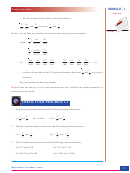 25
25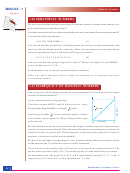 26
26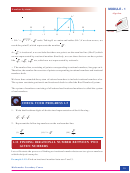 27
27 28
28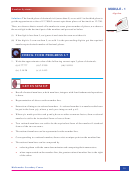 29
29 30
30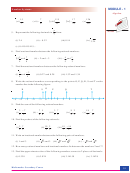 31
31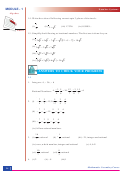 32
32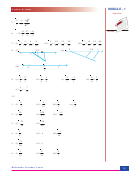 33
33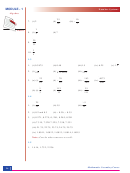 34
34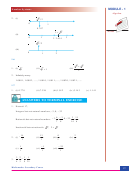 35
35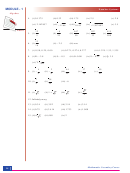 36
36








